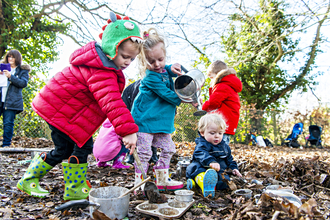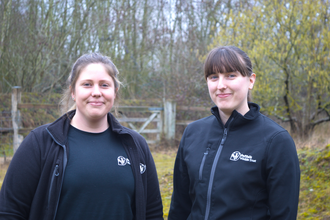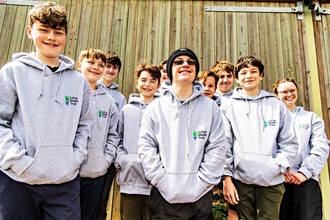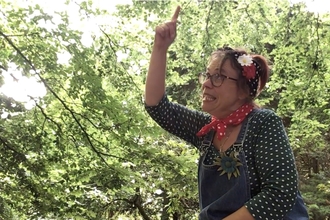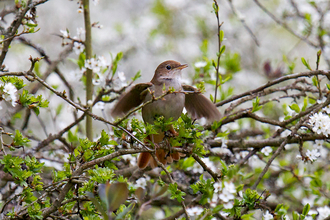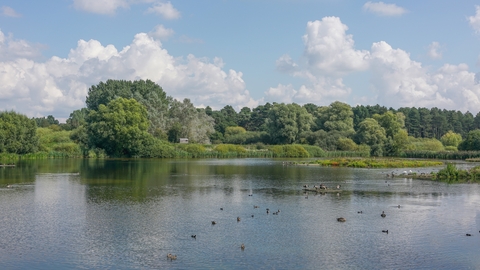

Lackford Lakes - Michael Andrews
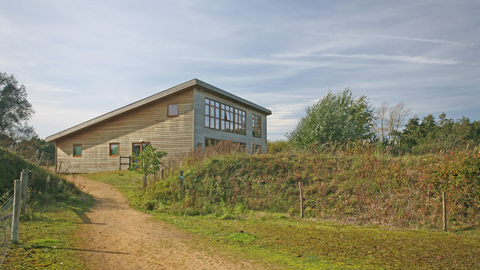
Mike Andrews
Lapwing by John Langford
Brimstone butterfly by Mike Andrews
View from Double Decker viewpoint at Lackford Lakes
By Steve Aylward
Lackford Lakes Nature Reserve & Visitor Centre
Know before you go
Dogs
No access with dogs to the lakes or hides. Dogs on leads allowed on Sayer's Breck and Church Walk Trails only. This is to protect the wildlife and delicate habitats of the reserve.
When to visit
Opening times
Visitor Centre 10am - 5pm (cafe open til 4pm)Car park 9am - 5pm
Nature reserve open dawn til dusk
Best time to visit
All year roundAbout the reserve
Listen to the sound of singing birds in spring with the arrival of nightingales and warblers from Africa. The first bees and butterflies start to make appearances on bright spring days.
Later in summer, the reserve is alive with damselflies and dragonflies. Swallows and martins sweep over the water's surface feeding on small flies. The lakesides are busy with nesting great-crested grebe, kingfisher, tufted duck and water rail. Bright stems of purple-loosestrife, common fleabane and gipsywort create colour at the water's edge.
Gold and red colours mark the coming of autumn with the arrival of a wide range of wildfowl. Birds including shoveler, lapwing, goosander, bittern and goldeneye depend on the lakes during the winter months.
Open seven days a week, there is always someone in the visitor centre to help you plan your visit, identify anything you've spotted or chat to you about the work we do and how you can support us.
The coffee shop sells barista coffee and a range of snacks including toasties, soup, scones, local ice creams and delicious locally-made cakes. Vegan and Gluten-free options are available, chat to the team to find out more.
Contact us
Environmental designation
Upcoming events
Wildlife update – 5th April 2023
More birds are singing, marsh harriers continue to display, our fist swallows have been seen, and we had a visit from little ringed plover.
Chiffchaff and Blackcap are back in good numbers now and can be heard all around the reserve. Listen out for our resident birds too like wren, dunnock, song thrush, blue tit, great tit and long-tailed tit.
Our marsh harriers continue to be amazing all week, with lots of displaying about the reeds. Four individual birds have been seen, and the male is starting to fly around with bits of reed. Other birds of prey seen this past week have been red kite, sparrowhawk, kestrel and buzzard.
Our water birds have been displaying and chasing each other too. Look out for lapwing, oystercatcher, tufted duck, teal and shelducks. This past week we have started to see the first little ringed plovers on the slough, with up to 3 individuals present at times.
The fine weather we are having is bringing out the butterflies, The first butterfly survey of the year took place on Thursday 3rd April with brimstone, green-veined white, orange tip, peacock and comma all seen.
The next few weeks should see more signs of spring around the reserve and as we head into the first few weeks of April, we would expect to see lots of arrivals from Africa with many warblers coming in, cuckoo and nightingales too.
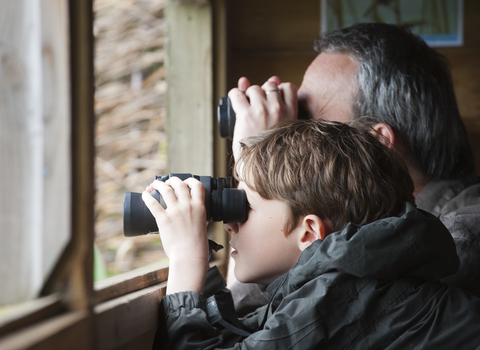
Paul Harris/2020VISION
Activities & binocular hire
Hire our discovery pack - £6
Packed with ideas and kit to get you out closer to nature, all in our handy carry bag.
Seasonal spotter sheet - £2
Look out for seasonal visitors and resident wildlife that call Lackford home.
Binocular hire - £4
Get a closer look at Lackford's wildlife. Different sizes available for big or small hands.
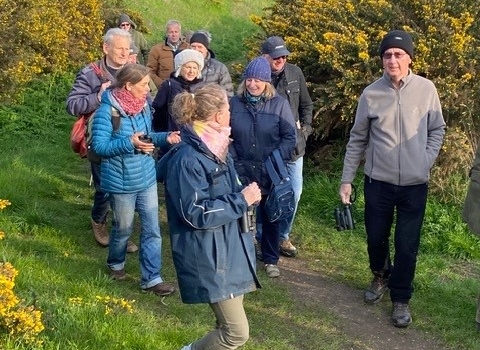
Green Snape Community Group visiting Martlesham Wilds. Image credit: Lesley Walduck
Group visits
We welcome groups of all sizes at Lackford Lakes and can provide guided walks, introductory walks and refreshments. If you are looking to arrange a group visit, please email us and we will help you get the most from your visit:
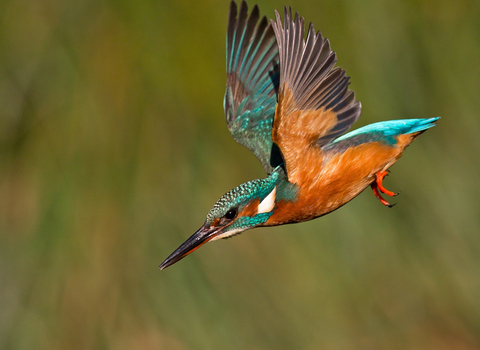
Kingfisher © Malcolm Brown
Become a member
The support of our members helps us care for wildlife-rich landscapes such as Lackford Lakes. Join today, or renew your membership, and help protect and restore Suffolk's wildlife and wild places.

